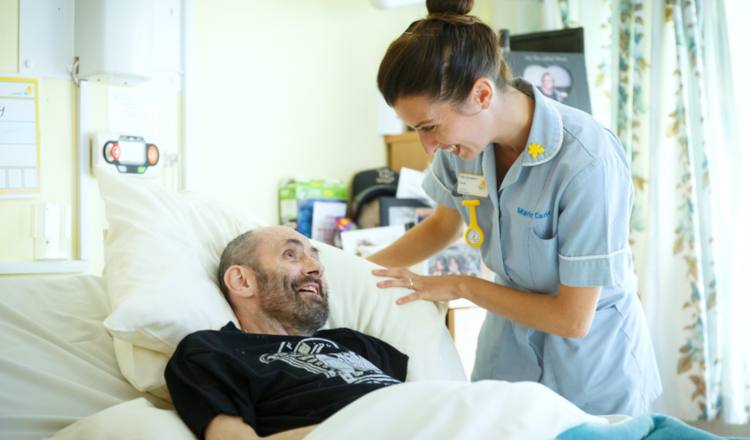What really happens in a hospice?

The first time you hear the word hospice as a child, you think “why are they saying hospital wrong?”. So, you ask what’s going on. And an adult will tell you in hushed tones that a hospice is where you go when the nurses and the doctors at a hospital have done all they can for you, but you’re not going to get better. “What, so they send you away to die?”, you innocently ask. And the answer is that not everyone necessarily dies in a hospice but generally it’s where someone facing the symptoms of the final stages of lung cancer, for example, might go for end of life care. “But we can’t just give up on them!”, you say, and you’re given a look of sympathy. That can taint your idea of what a hospice is and how it works. Let’s look at what really happens in a hospice.
Hospice care explained
First of all, not all hospice care takes place in a dedicated facility. Some patients may have the space and support at home to receive time limited daily visits from hospice care workers. This could include appointments with a doctor, nurse, therapists of different kinds (including speech), and medical specialists.
Where the patient receives hospice care in a dedicated facility, the care is 24/7. Staff are aware of each individual patient’s personality and will do their best to help each patient to feel comfortable throughout the day and to prepare for visits from family. Staff are trained to speak to patients to help to reorient them, as end of life often brings feelings of confusion and sadness that can result in a loss of appetite and withdrawal. Engaging the patient with music is one example of how staff may choose to calm and ground the patient.
End of life
Unfortunately, most people who go into hospice care do not bounce back. The signs that a person is entering the final hours and minutes of their life include shallow breathing and a restlessness that comes from not being able to get enough oxygen into their system. This can result in stopping breathing for a period of seconds at a time. The eyes may become glassy and the extremities may become mottled in a purple-ish-red colour. Eventually, the lungs will begin to rattle slightly when breathing (known as the death rattle), and the patient will slip away quietly.